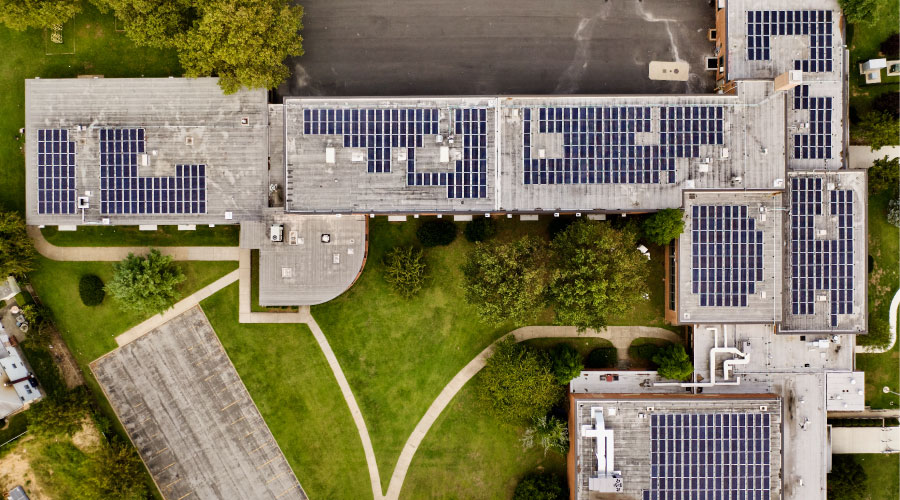 Roof inspection programs can be more effective if technicians perform regular roof management, which includes removing debris and cleaning around drains.
Roof inspection programs can be more effective if technicians perform regular roof management, which includes removing debris and cleaning around drains.Roof Inspections: 3 Key Questions
A comprehensive roof inspection program can help managers hold down repair costs and extend long-term performance
Developing and implementing a comprehensive roof inspection plan is absolutely crucial to ensuring the longevity of any roof system. Regular roof inspections will save money over time, and they will prevent unwanted disruptions and downtime.
Such programs can benefit maintenance and engineering managers responsible for deploying workers and materials to keep roof systems in good condition, as well as owners top executives concerned with long performance life and bottom-line benefits. Managers can address the keys to developing effective roof inspection programs by answering three essential questions.
What activities are essential?
Roof inspection programs will be more effective if managers and staff practice effective roof management year-round. Roof management includes such tasks as removing debris, cleaning around drains, cleaning out scuppers, and cleaning the surface of the membrane once a quarter. It is important that workers keep the roof clean throughout the year. Achieving this goal means removing leaves and other detritus that collect on the roof surface, checking for misplaced maintenance materials — tools, screws, fasteners, etc. — and removing foreign materials. Cleaning is especially important for any system that has a reflective surface because dirt and residue can affect the energy impact of the system.
Roofing manufacturers, consultants and contractors can provide facility technicians with key training on the most effective ways to perform basic inspections of different roof systems so workers know what to look for during routine inspections. Unfortunately a roof inspection is ineffective if the person performing the inspection is not familiar with the roof system.
Another central element of effective roof management is to enforce a roof access plan that monitors and controls individuals who have to access the rooftop. By using sign-in sheets, observation records, and follow-up reports after work is completed, managers can ensure that any potential damage to the roof is discovered and quickly addressed. In too many cases, surprises such as cuts, punctures, and tears show up months following the occurrence and effects of water intrusion into the roof system.
These problems can be prevented easily by conducting a follow-up inspection after the technician has completed the work. Technicians should make any such repairs immediately and document the work to prevent further system damage.
Related Topics:















